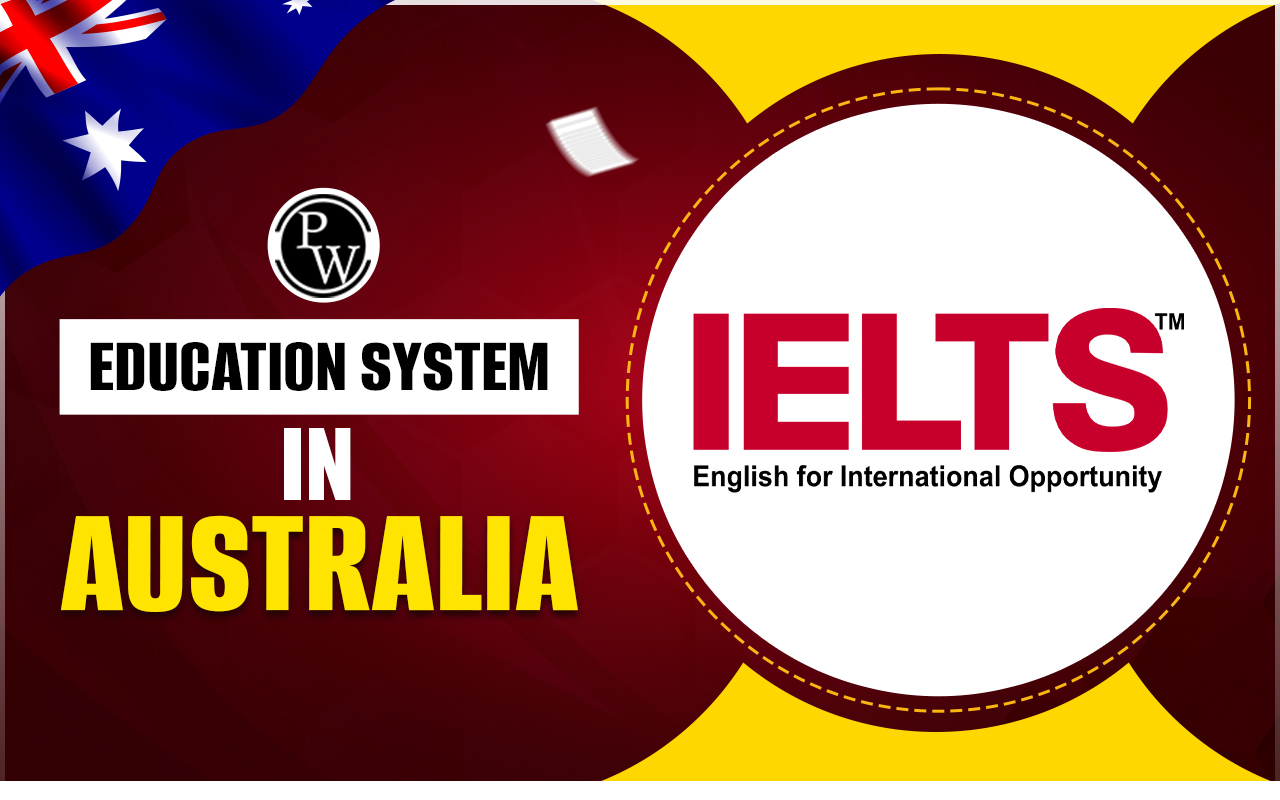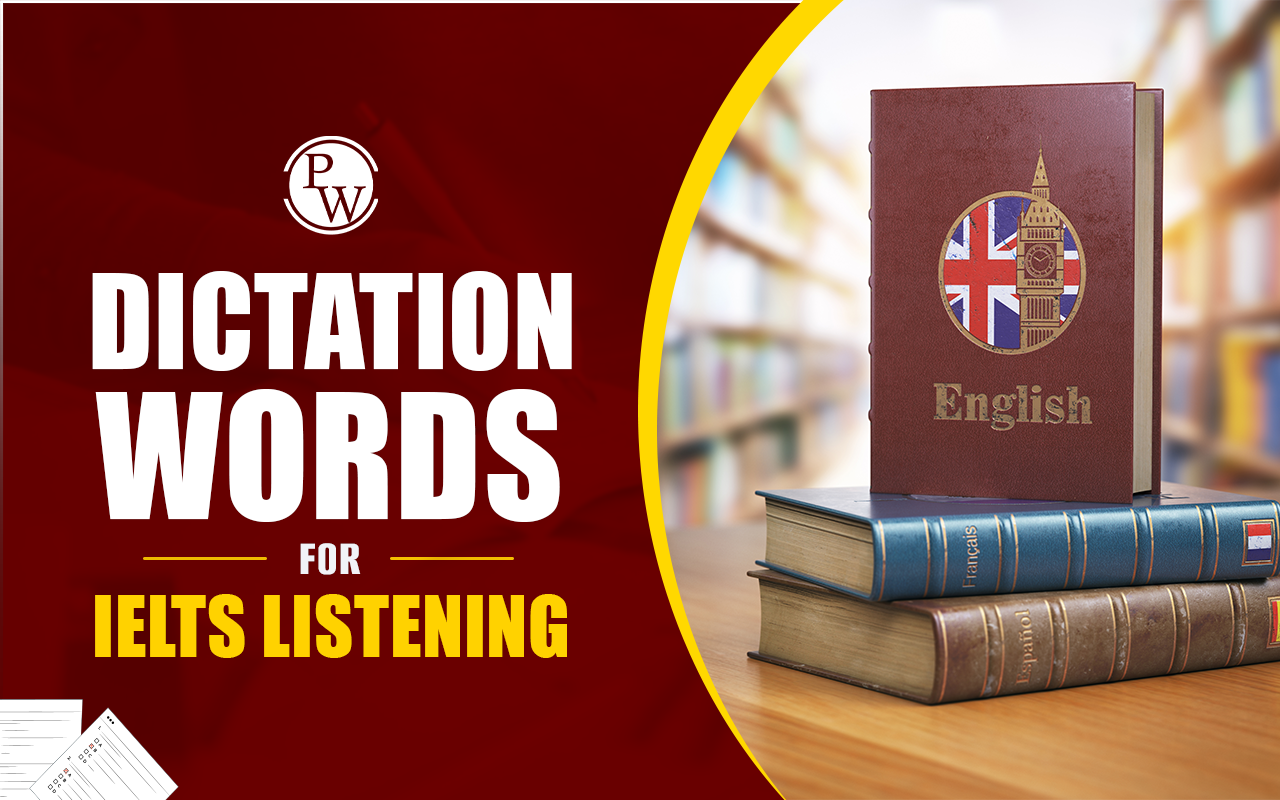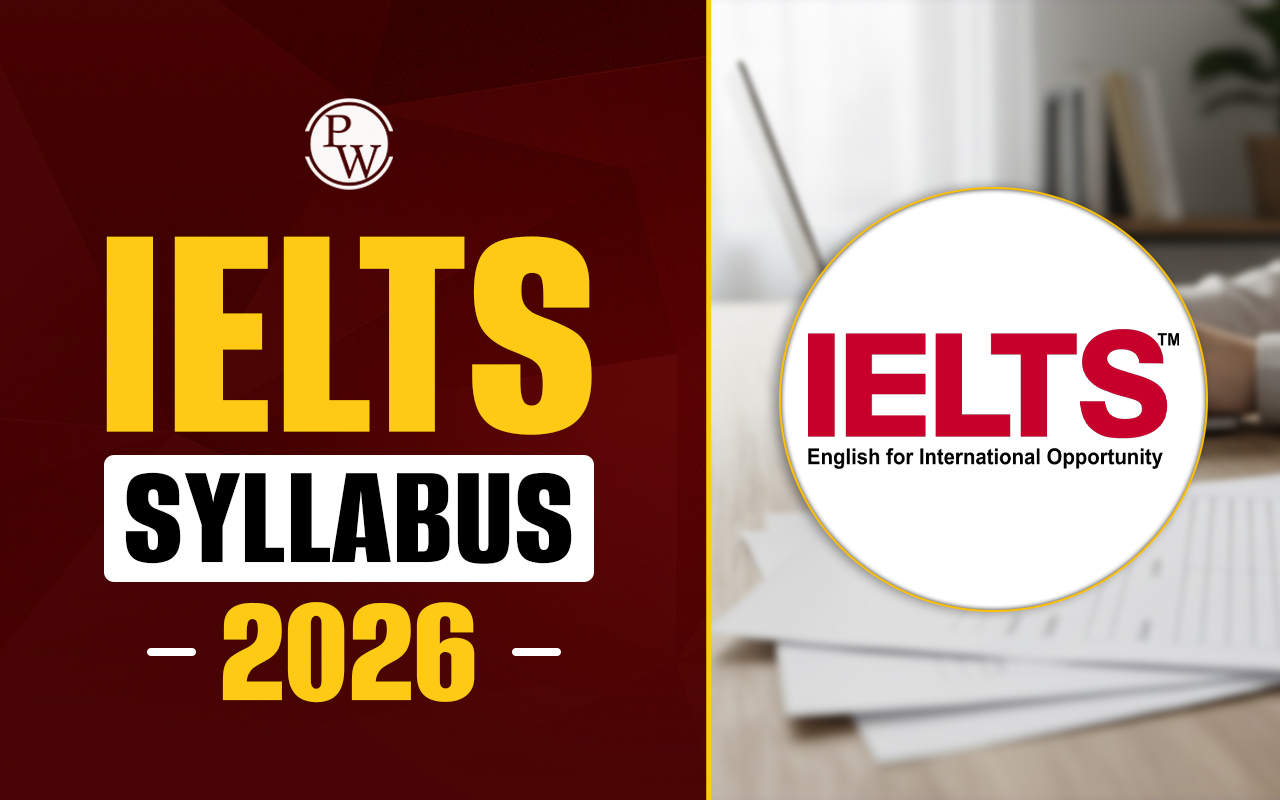
History of Refrigeration IELTS Reading Answers: Every year IELTS exam includes reading passages to assess a candidate’s ability to understand main ideas, locate specific information, and interpret complex sentences. IELTS reading passages are generally repetitive. Therefore, practicing history of refrigeration IELTS Reading answers can help aspirants to secure high IELTS Reading band score .
History of refrigeration IELTS Reading passage includes a total of 14 questions including IELTS matching features and IELTS matching sentence endings. Here, we have provided one History of Refrigeration IELTS Reading Answers practice passage. Read the complete article to learn how to answer passage questions in IELTS Reading module along with specific tips and tricks.Free IELTS Reading Practice Tests
History of Refrigeration IELTS Reading Answers Passage
You should spend about 20 minutes on Questions 1-14, which are based on the Reading Passage below.History of Refrigeration
A. Refrigeration is a process of removing heat, which means cooling an area or a substance below the environmental temperature. Mechanical refrigeration makes use of (the evaporation of a liquid refrigerant, which goes through a cycle so that it can be reused. The main cycles include vapour-compression, absorption steam-jet or steam-ejector, and airing. The term ‘refrigerator’ was first introduced by a Maryland farmer Thomas Moore in 1803, but it was in the 20th century that the appliance we know today first appeared. B. People used to find various ways to preserve their food before the advent of mechanical refrigeration systems. Some preferred using cooling systems of ice or snow, which meant that diets would have consisted of very little fresh food or fruits and vegetables, but mostly of bread, cheese, and salted meals. For milk and cheeses, it was very difficult to keep them fresh, so such foods were usually stored in a cellar or window box. In spite of those measures, they could not survive rapid spoilage. Later on, people discovered that adding such chemicals as sodium nitrate or potassium nitrate to water could lead to a lower temperature. In 1550 when this technique was first recorded, people used it to cool wine, as was the term ‘to refrigerate’. Cooling drinks grew very popular in Europe by 1600, particularly in Spain, France, and Italy. Instead of cooling water at night, people used a new technique: rotating long-necked bottles of water that held dissolved saltpeter. The solution was intended to create very low temperatures and even to make ice. By the end of the 17th century, iced drinks including frozen juices and liquors had become extremely fashionable in France. C. People’s demand for ice soon became strong. Consumers’ soaring requirement for fresh food, especially for green vegetables, resulted in reform in people’s dieting habits between 1830 and the American Civil War, accelerated by a drastic expansion of the urban areas amid the rapid amelioration in the economy of the populace. With the growth of the cities and towns, the distance between the consumer and the source of food was enlarged. In the 1799s as a commercial product, ice was first transported out of Canal Street in New York City to Charleston, South Carolina. Unfortunately, this transportation was not successful because when the ship reached its destination, little ice was left. Frederick Tudor and Nathaniel Wyeth, two New England businessmen, grasped the great potential opportunities for ice business and managed to improve the storage method of ice in the process of shipment. The acknowledged ‘Ice King’ in that time, Tudor concentrated his efforts on bringing the ice to the tropical areas. In order to achieve his goal and guarantee the ice arrived at the destination safely he tried many insulating materials in an experiment and successfully constructed the ice containers, which reduced the ice loss from 66 percent to less than 8 percent at drastically. Wyeth invented an economical and speedy method to cut the ice into uniform blocks, which had a tremendous positive influence on the ice industry. Also, he improved the processing techniques for storing, transporting, and distributing ice with less waste. D. When people realised that the ice transported from the distance was not as clean as previously thought and gradually caused many health problems, it was more demanding to seek clean natural sources of ice. To make it worse, by the 1890s water pollution and sewage dumping made clean ice even more unavailable. The adverse effect first appeared in the blowing industry, and then seriously spread to such sectors as meat packing and dairy industries. As a result, clean, mechanical refrigeration was considered in need. E. Many inventors with creative ideas took part in the process of inventing refrigeration, and each version was built on previous discoveries. Dr William Cullen initiated to study of the evaporation of liquid under vacuum conditions in 1720. He soon invented the first man-made refrigerator at the University of Glasgow in 1748 with the employment of ethyl ether boiling into a partial vacuum. American inventor Oliver Evans designed the refrigerator firstly using vapor rather than liquid in 1805. Although his conception was not put into practice in the end the mechanism was adopted by an American physician John Gorrie, who made one cooling machine similar to Evans’ in 1842 with the purpose of reducing the temperature of the patient with yellow fever in a Florida hospital. In 1851, Evans obtained the first patent for mechanical refrigeration in the USA. In 1820, Michael Faraday, a Londoner, first liquefied ammonia to cause cooling. In 1859, Ferdinand Carre from France invented the first version of the ammonia water-cooling machine. In 1873, Carl von Linde designed the first practical and portable compressor refrigerator in Munich, and in 1876 he abandoned the methyl ether system and began using an ammonia cycle. Linde later created a new method (‘Linde technique’) for liquefying large amounts of air in 1894. Nearly a decade later, this mechanical refrigerating method was adopted subsequently by the meat packing industry in Chicago. F. Since 1840, cars with refrigerating systems have been utilized to deliver and distribute milk and butter. Until 1860, most seafood and dairy products were transported with cold-chain logistics. In 1867, refrigerated, railroad cars were patented to J.B, Sutherland from Detroit, Michigan, who invented insulated cars by installing ice bunkers at the end of the cars: air came in from the top, passed through the bunkers, circulated through the cars by gravity and controlled by different quantities of hanging flaps which caused different air temperatures. Depending on the cargo (such as meat, fruits, etc.) transported by the cars, different car designs came into existence. In 1867, the first refrigerated car to carry fresh fruit was manufactured by Parker Earle of Illinois, who shipped strawberries on the Illinois Central Railroad. Each chest was freighted with 100 pounds of ice and 200 quarts of strawberries. Until 1949, the trucking industry began to be equipped with the refrigeration system with a roof-mounted cooling device, invented by Fred Jones. G. From the late 1800s to 1929, the refrigerators employed toxic gases – methyl chloride, ammonia, and sulfur dioxide – as refrigerants. But in the 1920s, a great number of lethal accidents took place due to the leakage of methyl chloride out of refrigerators. Therefore, some American companies started to seek some secure methods of refrigeration. Frigidaire detected a new class of synthetic refrigerants called halocarbons or CFCs (chlorofluorocarbons) in 1928. This research led to the discovery of chlorofluorocarbons (Freon), which quickly became the prevailing material in compressor refrigerators. Freon was safer for the people in the vicinity, but in 1973 it was discovered to have detrimental effects on the ozone layer. After that, new improvements were made, and Hydrofluorocarbons, with no known harmful effects, were used in the cooling system. Simultaneously, nowadays, Chlorofluorocarbons (CFS) are no longer used; they are declared illegal in several places, making refrigeration far safer than before.History of Refrigeration IELTS Reading Answers Sample Questions
Questions 1-5List of People/Entities: A. Frederick Tudor B. Nathaniel Wyeth C. Ferdinand Carre D. Carl von Linde E. Fred JonesMatch each innovation or event related to refrigeration with the person or entity responsible.
- Invented the ammonia water cooling machine.
- Improved ice transportation with insulated containers.
- Developed portable compressor refrigerators using ammonia cycles.
- Created a roof-mounted cooling device for trucks.
- Invented methods to cut ice into uniform blocks.
Questions 6-10List of Options: A. 1550 B. 1748 C. 1867 D. 1873 E. 1894Match each historical event with the correct time period or individual associated.
- The first mechanical refrigerator was invented by William Cullen.
- The first refrigerated car was used to ship strawberries.
- Portable compressor refrigerator designed by Carl von Linde.
- Discovery of a technique to liquefy large amounts of air.
- Cooling wine by adding chemicals to water.
Questions 11-14Complete each sentence with the correct ending.
Questions:
11. Before mechanical refrigeration, food was preserved by... 12. The demand for ice grew due to... 13. Health issues related to ice occurred because... 14. The invention of refrigeration cars helped transport... Endings: A. An increase in urban populations and dietary changes. B. using cooling systems made of ice or snow. C. contaminated water sources. D. perishable goods like seafood and fruits. E. the development of ammonia cycles.History of Refrigeration IELTS Reading Answers with Explanation
Answer to Question Number 1: C. Ferdinand Carre Answer explanation: Paragraph 5 states that “In 1859, Ferdinand Carre from France invented the first version of the ammonia water cooling machine.” Answer to Question Number 2: A. Frederick Tudor Answer explanation: Paragraph 3 mentions that “Frederick Tudor and Nathaniel Wyeth, two New England’ businessmen, grasped the great potential opportunities for ice business and managed to improve the storage method of ice in the process of shipment.” Answer to Question Number 3: D. Carl von Linde Answer explanation: Paragraph 5 mentions “In 1873, Carl von Linde designed the first practical and portable compressor refrigerator in Munich, and in 1876 he abandoned the methyl ether system and began using an ammonia cycle.” Answer to Question Number 4: E. Fred Jones Answer explanation: Paragraph 6 mentions “Until 1949, the trucking industry began to be equipped with the refrigeration system with a roof-mounted cooling device, invented by Fred Jones.” Answer to Question Number 5: B. Nathaniel Wyeth Answer explanation: Paragraph 3 mentions that “Frederick Tudor and Nathaniel Wyeth, two New England’ businessmen, grasped the great potential opportunities for ice business and managed to improve the storage method of ice in the process of shipment.” Answer to Question Number 6: 1748 Answer explanation: In paragraph 5, it is mentioned that William Cullen invented the first man-made refrigerator in 1748. He used ethyl ether under vacuum conditions to invent this refrigerator. Answer to Question Number 7: 1867 Answer explanation: Paragraph 6 mentions “In 1867, the first refrigerated car to carry fresh fruit was manufactured by Parker Earle of Illinois, who shipped strawberries on the Illinois Central Railroad.” Answer to Question Number 8: 1873 Answer explanation: The passage mentions that “In 1873, Carl von Linde designed the first practical and portable compressor refrigerator in Munich, and in 1876 he abandoned the methyl ether system and began using an ammonia cycle.” Answer to Question Number 9: 1894 Answer explanation: In this passage, it is mentioned that “Linde later created a new method (‘Linde technique’) for liquefying large amounts of air in 1894.” Answer to Question Number 10: 1550 Answer explanation: The passage mentions that in 1550, people first used chemicals like sodium nitrate or potassium nitrate to cool wine, which is the earliest recorded use of refrigeration. Answer to Question Number 11: B. using cooling systems made of ice or snow. Answer explanation: In this passage, it is mentioned that people used ice or snow systems to preserve food before mechanical refrigeration. Answer to Question Number 12: A. an increase in urban populations and dietary changes. Answer explanation: The passage describes how ice increasing demand for fresh vegetables, growth of cities, and changing diet systems drove the need for ice. Answer to Question Number 13: C. contaminated water sources. Answer explanation: Due to water pollution and sewage dumping, the quality of the natural ice sources are depleted leading to health problems. Answer to Question Number 13: D. perishable goods like seafood and fruits. Answer explanation: The passage explains how it is essential to use refrigeration cars in transporting perishable goods such as seafood and fruits to maintain their freshness over long distances.| IELTS Exam Important Links | |
|---|---|
| IELTS Reading Band Score | IELTS Listening Band Score |
| IELTS Speaking Band Score | IELTS Writing Band Score |
Tips for Answering the Question Types in History of Refrigeration IELTS Reading Answers
Some popular tips for answering the question types in History of Refrigeration IELTS Reading Answers are as follows:| Tips for History of Refrigeration IELTS Reading Answers Matching Features | Tips for History of Refrigeration IELTS Reading Answers Matching Sentence Endings |
|---|---|
| Understand the names and achievements | Read the sentence stem carefully |
| Match based on unique keywords | Focus on logical connections |
| Eliminate options gradually | Use process of elimination |
| Locate the specific section of the passage |
General Tips for History of Refrigeration IELTS Reading Answers
Here are some general tips for answering “History of Refrigeration IELTS Reading Answer”:- Highlight key information while reading such as dates, names, and specific details about refrigeration’s history.
- Allocate time wisely for each question type. Do not spend more than 20 minutes per question.
- Check to identify synonyms and paraphrased text to answer the questions.
- Practice summarizing paragraphs to find out the matching features.
How to Manage Time in IELTS Reading
Guidance of PW IELTS
Physics Wallah offers a few popular online IELTS courses for all students. Follow the latest IELTS articles to better prepare for the exam.| IELTS Exam Other Related Links | |
|---|---|
| IELTS Registration | IELTS Eligibility Criteria |
| IELTS Exam Pattern | IELTS Syllabus |
| IELTS Exam Dates | IDP IELTS Test Centers |
History of Refrigeration IELTS Reading Answers FAQs
Q. What is refrigeration?
Q. Who invented the first mechanical refrigerator?
Q. How was food preserved before refrigeration?
Q. What challenges led to mechanical refrigeration?










